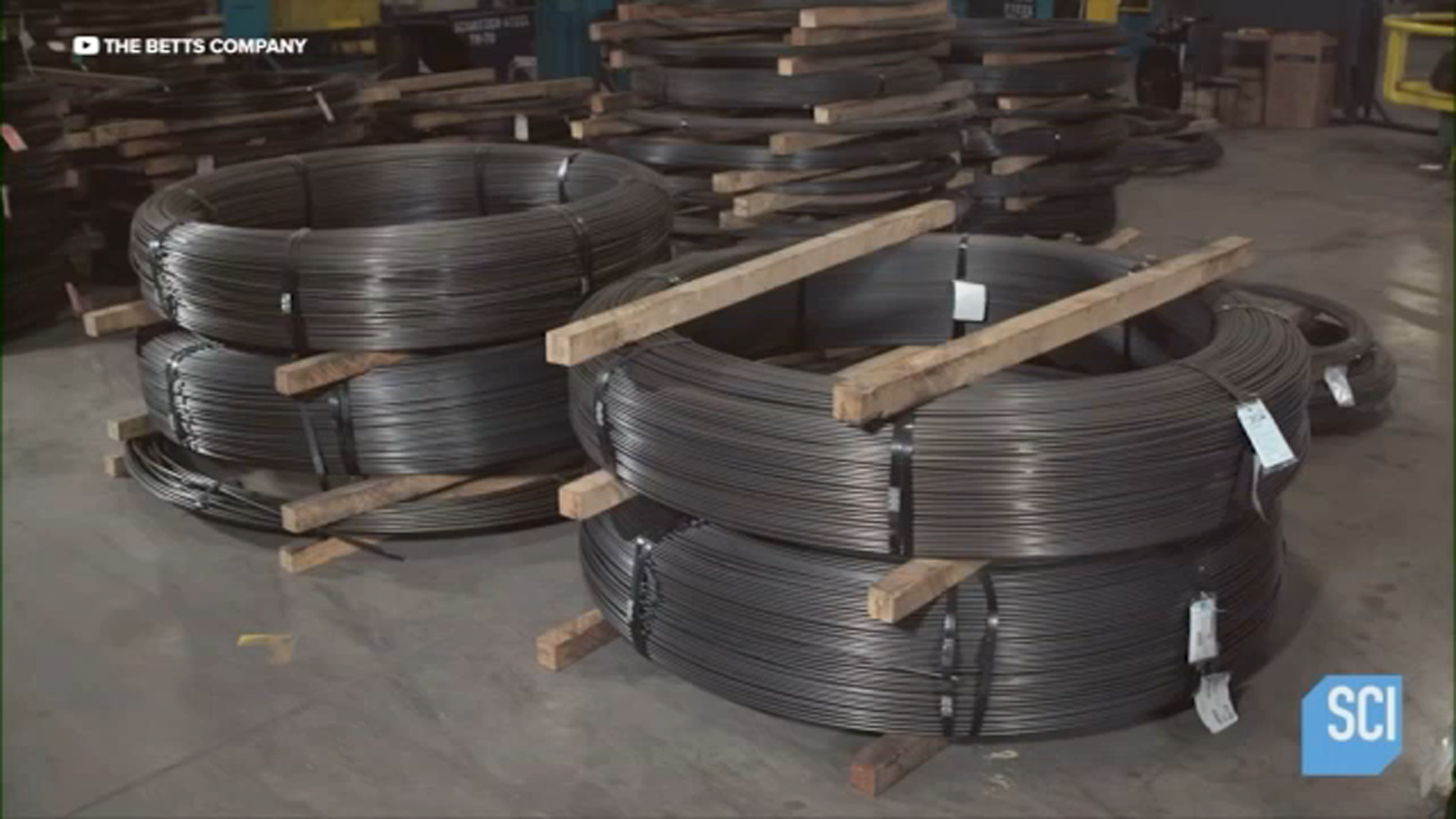Residential Wood Smoke Reduction Program Returns
FRESNO, Calif. (KFSN) -- As we head into the colder months staying warm will be a priority for many and the San Joaquin Valley Air District wants to remind residents that you can stay warm without polluting our valley air.
As we wake up to hazy skies, a familiar routine is back, November 1st marks the beginning of burn status reminders for the San Joaquin Valley and air quality experts explain why we're going to see more of these in the upcoming winter months.
"We've been doing this for about almost 20 years now and the public definitely I think is starting to understand the impacts of particulate matter pollution," said Heather Heinks, Outreach and Communication Manager with the San Joaquin Valley Air District.
The Residential Wood Smoke reduction program begins November 1st and runs through the end of February.
The purpose behind the San Joaquin Valley Air District program, to reduce harmful particulate matter floating in the air...which can eventually travel into our lungs...
"You have a fire in your fireplace during the winter, that smoke lingers in your neighborhood for up to weeks at a time and everyone around you, including your family breathes in that particulate matter and it's good for your health," said Heinks.
Burn status alerts are issued when winter air quality is mostly like to deteriorate because pollutants become trapped under dense air causing smoke and poor air to linger.
"We used to call it, check before you burn, now we simply ask you to choose not to burn, we are past the days where we can afford to add any particulate matter to the valley's pollution," added Heinks.
Of the eight counties throughout the valley, Fresno, Madera, and Kern counties currently do not meet the federal particulate matter standards and are considered hot spots for poor air quality. That's largely due to the density of population and homes with wood fire burning places.
Experts also explain the difference between dust and smoke, which often mix and contribute to hazy looking skies across the valley.
"Almond harvest, walnut harvest, the shaking of trees, that's dust and that's PM 10, just a distinction the bigger particulate matter is dust, construction, and ag and you can see it a little bit. The smaller fine particle stuff is PM 2.5 which exists in smoke and that's the scary stuff we're talking about," explained Heinks.
The Valley Air District is also working on phasing out agriculture burning...and they ask people to report any burning this time of year as it typically isn't allowed.
There are also incentives for cleaner options for homes that have access to natural gas. You can earn up to 5,000 dollars if you decide to trade out the way you heat your home.
For news and weather updates, follow Nico Payne on Facebook, Twitter and Instagram.






